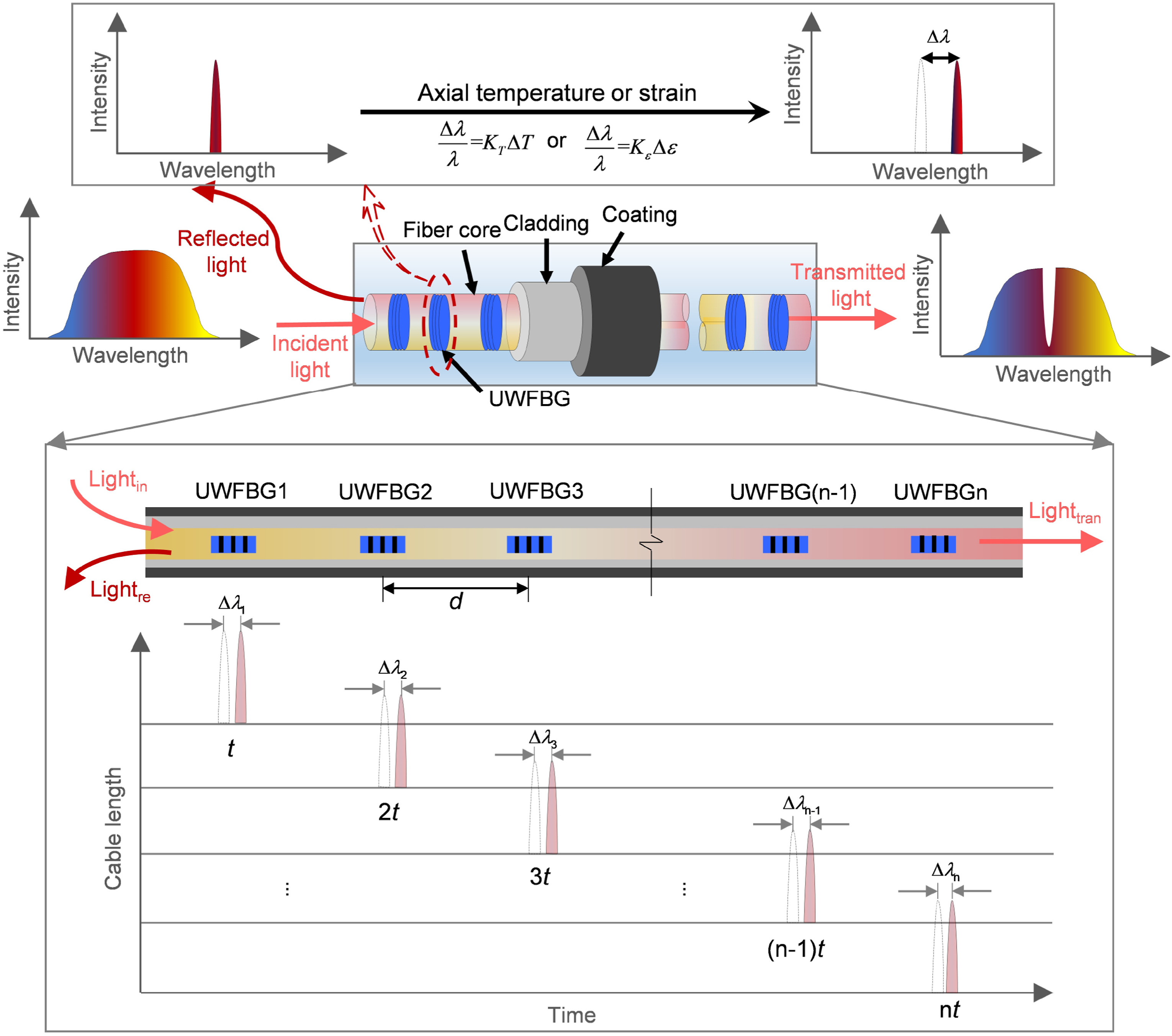JRMGE / Vol 16 / Issue 3
Thermo-hydro-poro-mechanical responses of a reservoir-induced landslide tracked by high-resolution fiber optic sensing nerves
Xiao Ye, Hong-Hu Zhu, Gang Cheng, Hua-Fu Pei, Bin Shi, Luca Schenato, Alessandro Pasuto
Show More
a School of Earth Sciences and Engineering, Nanjing University, Nanjing, 210023, China
b School of Computer Science, North China Institute of Science and Technology (National Safety Training Center of Coal Mines), Beijing, 101601, China
c State Key Lab of Coastal and Offshore Engineering, Department of Geotechnical Engineering, Dalian University of Technology, Dalian, 116024, China
d National Research Council-Research Institute for Geo-Hydrological Protection (CNR-IRPI), Padova, 35127, Italy
e Department of Information Engineering, University of Padova, Padova, 35131, Italy
2024, 16(3): 1018-1032. doi:10.1016/j.jrmge.2023.04.004
Received: 2023-01-15 / Revised: 2023-03-05 / Accepted: 2023-04-12 / Available online: 2023-05-18
2024, 16(3): 1018-1032.
doi:10.1016/j.jrmge.2023.04.004
Received: 2023-01-15
Revised: 2023-03-05
Accepted: 2023-04-12
Available online: 2023-05-18
Thermo-poro-mechanical responses along sliding zone/surface have been extensively studied. However, it has not been recognized that the potential contribution of other crucial engineering geological interfaces beyond the slip surface to progressive failure. Here, we aim to investigate the subsurface multi-physics of reservoir landslides under two extreme hydrologic conditions (i.e. wet and dry), particularly within sliding masses. Based on ultra-weak fiber Bragg grating (UWFBG) technology, we employ special-purpose fiber optic sensing cables that can be implanted into boreholes as “nerves of the Earth” to collect data on soil temperature, water content, pore water pressure, and strain. The Xinpu landslide in the middle reach of the Three Gorges Reservoir Area in China was selected as a case study to establish a paradigm for in situ thermo-hydro-poro-mechanical monitoring. These UWFBG-based sensing cables were vertically buried in a 31 m-deep borehole at the foot of the landslide, with a resolution of 1 m except for the pressure sensor. We reported field measurements covering the period 2021 and 2022 and produced the spatiotemporal profiles throughout the borehole. Results show that wet years are more likely to motivate landslide motions than dry years. The annual thermally active layer of the landslide has a critical depth of roughly 9 m and might move downward in warmer years. The dynamic groundwater table is located at depths of 9–15 m, where the peaked strain undergoes a periodical response of leap and withdrawal to annual hydrometeorological cycles. These interface behaviors may support the interpretation of the contribution of reservoir regulation to slope stability, allowing us to correlate them to local damage events and potential global destabilization. This paper also offers a natural framework for interpreting thermo-hydro-poro-mechanical signatures from creeping reservoir bank slopes, which may form the basis for a landslide monitoring and early warning system.
Keywords: Reservoir landslide, Thermo-hydro-poro-mechanical response, Ultra-weak fiber bragg grating (UWFBG) subsurface evolution, Engineering geological interface, Geotechnical monitoring
Show Figure(s)
Supplementary Material
Share and Cite
Xiao Ye, Hong-Hu Zhu, Gang Cheng, Hua-Fu Pei, Bin Shi, Luca Schenato, Alessandro Pasuto, 2024. Thermo-hydro-poro-mechanical responses of a reservoir-induced landslide tracked by high-resolution fiber optic sensing nerves. J. Rock Mech. Geotech. Eng. 16 (3), 1018-1032.
Article Data
Author(s) Information
Hong-Hu Zhu

Dr. Honghu Zhu is currently a Professor at the School of Earth Sciences and Engineering and the Dean of the Institute of Earth Exploration and Sensing, Nanjing University, China. He holds a Ph.D. degree in Geotechnical Engineering from the Hong Kong Polytechnic University. His research interests lie primarily in fiber optic monitoring and stability analysis of geoengineering problems, with particular emphasis on interface behaviors. His research outputs have been transformed and applied in many projects, such as landslide monitoring in the Three Gorges Reservoir area, debris flow prevention and control in Wenchuan earthquake area, and structural health monitoring of the Pearl River Delta water conveyance tunnel. In the past decade, he has co-authored 2 books, 12 patents, and over 80 journal and conference papers. He is the recipient of the 1st-class Prize of National Scientific & Technological Progress Award of China of 2018. He served as an editorial board member of Journal of Rock Mechanics and Geotechnical Engineering (JRMGE) and International Journal of Geosynthetics and Ground Engineering.

